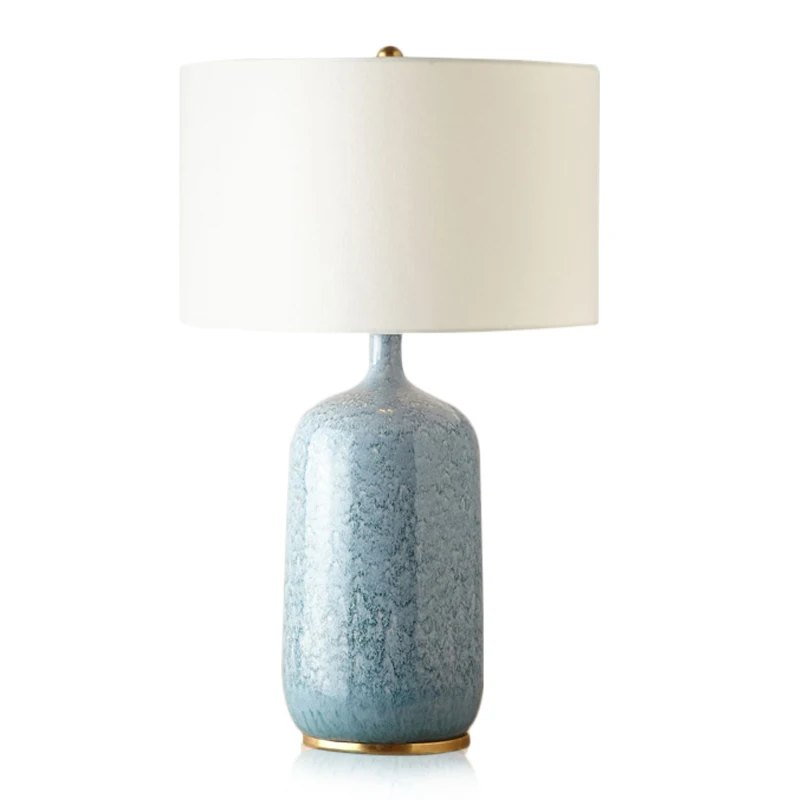
LEAFLETS
PRODUCTS
Casting A Soft Glow A Journey Through The World Of Table Lamps From Classic Designs To Contemporary Styles Their Impact On Interior Spaces
A History Illuminated: Tracing the Evolution of Table Lamp Design
The history of the table lamp is a rich tapestry woven with threads of innovation, artistry, and technological advancement. From the earliest oil lamps used centuries ago, providing a flickering, fragile light, to the sophisticated LED creations of today, the journey is marked by continuous refinement. Early designs were primarily functional, serving the practical need for localized illumination. Materials ranged from simple ceramics and metals to more elaborate handcrafted pieces, reflecting the craftsmanship and resources available at the time.
The arrival of electricity revolutionized table lamp design. Suddenly, consistent and brighter illumination became possible, opening up a world of creative possibilities. The Art Nouveau and Art Deco periods witnessed the emergence of strikingly stylish lamps, incorporating intricate curves, geometric shapes, and luxurious materials like stained glass and polished metals. These designs weren't merely functional; they became works of art, statement pieces that defined the aesthetic of their era.
Mid-century modern design saw a shift towards minimalist forms and functionalism. Clean lines, simple shapes, and a focus on materials like chrome and lacquered wood characterized this style. The emphasis was on creating elegant and understated pieces that seamlessly integrated into the overall design of a room. The latter half of the 20th century and beyond saw an explosion of diverse styles, influenced by global trends and technological breakthroughs, resulting in the eclectic range of table lamps available today.
The Spectrum of Styles: From Classic to Contemporary
The world of table lamps offers an extraordinary variety of styles, each reflecting different design philosophies and aesthetic sensibilities. Classic designs, often inspired by historical periods, exude timeless elegance and sophistication. Think of the graceful curves of a Victorian-era lamp, the ornate detailing of a traditional Tiffany lamp, or the stately presence of a mid-century modern piece. These lamps serve as anchors, adding a touch of history and refinement to contemporary spaces.
In contrast, contemporary table lamps often embrace bold experimentation, pushing the boundaries of traditional forms and materials. Modern designs might incorporate unexpected materials, innovative lighting technologies, or striking geometric forms. These lamps can be minimalist and understated, or highly expressive and dramatic, offering a canvas for personal expression and reflecting the dynamism of modern aesthetics.
Beyond these broad categories, myriad sub-styles exist, incorporating influences from various cultures, artistic movements, and design trends. From rustic farmhouse lamps to sleek industrial designs, from whimsical children's lamps to sophisticated Asian-inspired pieces, the options are almost limitless, allowing for a personalized touch that reflects individual tastes and preferences.
Beyond Illumination: The Functional and Emotional Impact of Table Lamps
Table lamps are more than just light sources; they are versatile tools that can significantly impact the functionality and ambiance of a room. They offer localized illumination, perfect for reading, working, or creating a cozy atmosphere in a specific area. The placement of a table lamp can strategically highlight architectural features or artwork, drawing the eye and adding depth to the space.
But the impact of a table lamp extends beyond the purely functional. The right lamp can dramatically alter the mood of a room. A warm, soft glow from a fabric shade creates a sense of intimacy and comfort, ideal for a living room or bedroom. A brighter, more focused light from a minimalist lamp is better suited for a study or workspace. The color temperature of the light, from cool white to warm amber, further contributes to the overall atmosphere.
Beyond their practical and atmospheric roles, table lamps often serve as decorative focal points. A beautifully designed lamp can become a conversation starter, a reflection of personal style, and a cherished element of the overall interior design scheme. They add character, personality, and a layer of visual interest to a room, transforming it from simply functional to truly inviting and expressive.
Choosing the Perfect Table Lamp: A Guide to Integration and Harmony
Selecting the ideal table lamp involves considering several factors to ensure a harmonious blend with the existing décor and the intended functionality of the space. The scale of the lamp should be proportionate to the size of the furniture and the room itself. A small lamp in a large room can feel insignificant, while a large lamp in a small room can feel overwhelming.
The style of the lamp should complement the overall aesthetic of the room. A rustic farmhouse lamp might feel out of place in a modern minimalist setting, and vice-versa. Consider the color and material of the lampshade, base, and surrounding furniture to ensure a cohesive look. The color temperature of the light should also be considered; warmer tones create a cozy feel, while cooler tones are more energizing.
Ultimately, the choice of a table lamp is a deeply personal one, reflecting individual tastes and preferences. However, by carefully considering the factors outlined above, one can choose a lamp that not only illuminates the space but also enhances its beauty, functionality, and overall ambiance, creating a truly personalized and inviting environment.
SUBSCRIBE
INQUIRY










